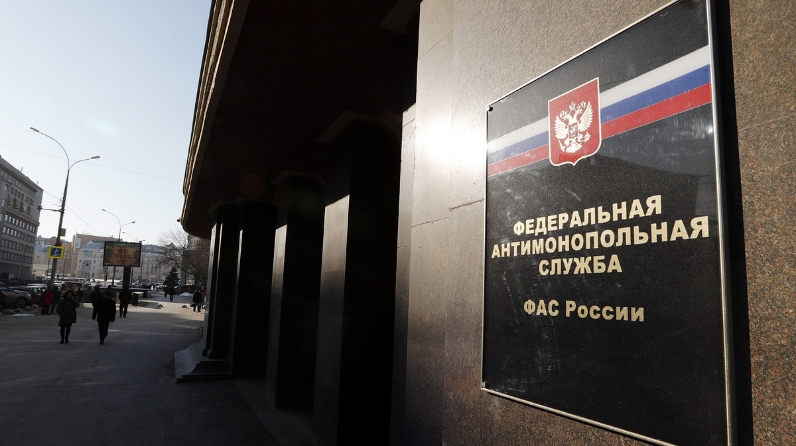Overview of practice: customer errors in the termination of the contract and the direction of information about the supplier in the register of unscrupulous suppliers

If the terms of the contract are violated, the customer can terminate it and send information about the contractor to the register of unscrupulous suppliers, But this can turn against the customer. For example, if the terms of termination of the contract are violated, the customer will be fined, and the supplier will not be included in the register. In the review we will consider the practice of 2019.
You can not terminate the contract if the violations are minor or committed through the fault of the customer
Before including a counterparty in the register of unscrupulous suppliers, Antimonopoly authorities check the validity of the refusal of the contract. If they find out that the refusal was not justified, the contractor will not be included in the register. The customer in this case faces a fine under part 6 of Art. 7.32 of the administrative Code. In addition, the case materials will be sent to the financial control authorities to verify the actions of the customer. Therefore, prior to termination of the contract, the customer is desirable to evaluate:
whether the purpose of the contract is achieved;
if the violation is intentional;
has the counterparty tried to correct the shortcomings;
whether there was a fault of the customer.
For example, one UFAS refused to include the contractor in the register of unscrupulous suppliers because the main purpose of the contract was achieved and all the comments he quickly corrected. Arguments of the customer that the accompanying documentation is issued with errors and presented with violation of terms, didn't consider serious.
Another UFAS did not enter the contractor in the register of unscrupulous suppliers because the customer prevented the execution of the contract. His arguments that not all the documentation and documents do not meet the requirements of the technical task were not accepted.
10 days to address the deficiencies cannot expire on a day off
The contract is considered terminated only after 10 days from the date when the contractor was notified of the termination.
FAS explained: if the 10th day is non-working, the civil code it is transferred to the next working day. This will be the expiration date. The decision to refuse will take effect the next day.
Thus, the contractor was notified of the termination of the contract 22.12.2018. The customer felt that the contract terminated 02.01.2019. The contractor was not included in the register of unscrupulous suppliers because of the new year holidays, he had the right to eliminate defects until 09.01.2009 inclusive. If he did not meet this deadline, the contract could be considered terminated 10.01.2009.
The term for elimination of defects cannot be considered from the date when the contractor received the notification of refusal
The day from which the term for elimination of defects should be considered is one of the dates when the customer received:
confirmation of receipt of the notice of termination to the contractor;
information that the contractor is not at the address specified in the contract.
Do not count down the period from the date when the contractor received the notification. This is recognized as illegal and refuse to be included in the register of unscrupulous suppliers.
If you want to speed up the termination of the contract, track information about the delivery of the notification to the contractor using the site of the Russian Post. In this case, you can count 10 days to eliminate the shortcomings from the moment when the data on the delivery of the letter appeared on the website. You can confirm the date with a screenshot of the website page. You can also use the print report feature. It is better to do this immediately, because the report has a date of formation. If it is later than the date of delivery of the letter, the Supervisory authority may have doubts.